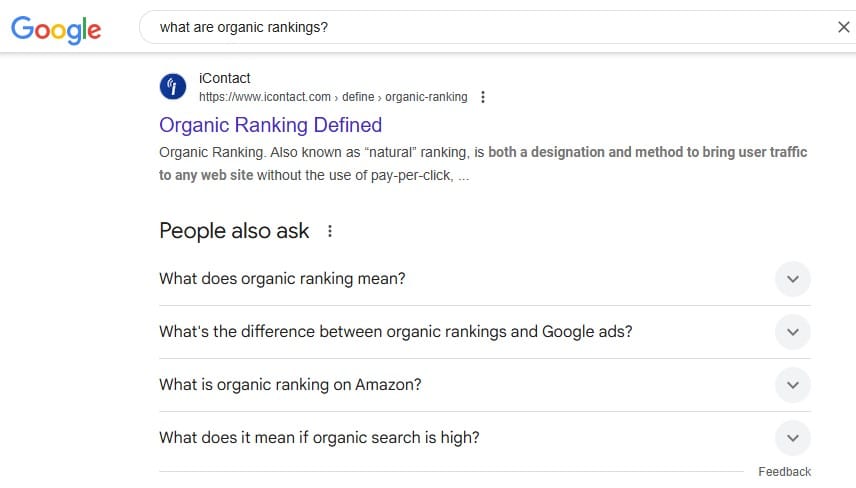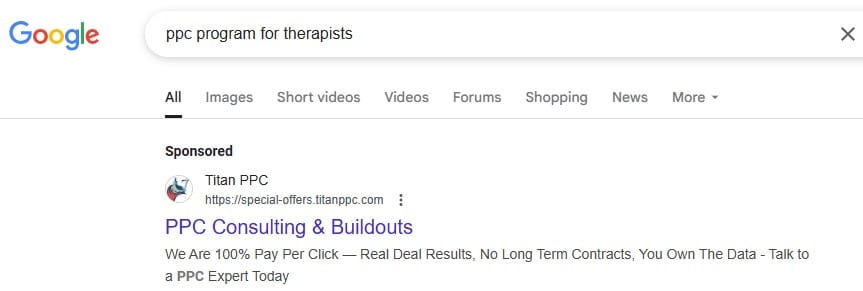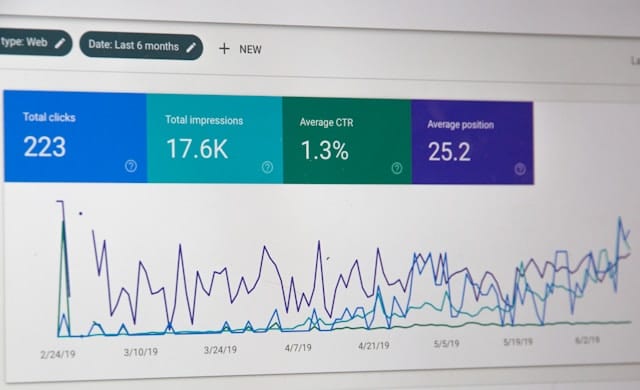Having a strong online presence is essential for therapists looking to grow their private practices. Clients searching for mental health support often start on Google, and your visibility in search results can be the deciding factor in whether or not they find and choose your services. Two of the most common online marketing strategies are organic SEO (search engine optimization) and Google Paid Ads (also known as PPC or pay-per-click advertising).
But which is better for therapists? The short answer: it depends on your goals, budget, and timeline. In this article, we’ll explore both strategies in detail—comparing costs, effectiveness, and long-term value—so you can make the best decision for your therapy practice.

What Are Organic Rankings?
Organic search visibility refers to the unpaid rankings your website earns on Google based on relevance, authority, and content quality. Google ranks your pages based on a variety of factors, including keyword usage, backlinks, mobile usability, and site speed.
Therapists who invest in organic SEO often create:
- Optimized service pages (e.g., “Anxiety Therapy in Seattle”)
- Blog posts answering client questions
- Local listings, like Google Business Profiles
Organic SEO builds authority over time and becomes a powerful way to sustainably attract clients searching for therapy services in your area.

What Are Google Paid Ads (PPC)?
Google Ads allow you to bid on specific search terms and pay to appear at the top of search engine results. Unlike organic results, these ads show up immediately once your campaign is live.
Common ad types used by therapists include:
- Search Ads: Appear at the top of search results
- Call-Only Ads: Promote phone contact directly from mobile search
- Local Services Ads: For verified professionals, ideal for building trust
You pay each time someone clicks on your ad, and costs vary depending on competition and location.
Rather Leave it to the Professionals?
Whether you need SEO, PPC, or both, our team can help set up the right campaign(s) to help you land more clients.
Comparing Organic SEO and Paid Ads: Pros and Cons for Therapists
There are some key considerations between SEO and paid ads, and they can essentially be boiled down to the following list.
A. Cost Considerations
- SEO: Typically lower long-term cost, but requires upfront investment in content and website optimization.
- PPC: Fast visibility, but ongoing ad spend is required to maintain presence.
B. Speed of Results
- SEO: Results can take months, but continue compounding.
- PPC: Instant visibility but no long-term benefit once the campaign stops.
C. Trust and Click-Through Rate
- SEO: Users tend to trust organic results more than ads.
- PPC: Ads may be skipped by users wary of promotional content.
D. Sustainability
- SEO: Builds a long-term presence and credibility.
- PPC: Delivers fast results but only while funding continues.
When to Focus on Organic SEO
Organic SEO is ideal if you’re playing the long game. It works best when:
- You want to establish long-term credibility
- You’re building your brand locally
- You’re publishing educational blogs or guides
How to Get Started with SEO:
- Create service pages optimized for specific locations and services
- Regularly publish blog content that answers common questions
- Fully optimize and manage your Google Business Profile
When to Use Google Paid Ads
Paid ads are useful when:
- You’ve just launched your private practice and need quick visibility
- You want to fill empty appointment slots fast
- You’re in a competitive market and need to stand out quickly
Tips for Running Effective Google Ads:
- Set geographic targeting to localize your audience
- Use ad extensions to promote services and contact info
- Track conversions like form fills and phone calls
Can You Combine Both? The Hybrid Approach
Many successful practices combine SEO and PPC. This allows you to:
- Dominate both the ad and organic search spaces
- Get short-term visibility and long-term authority
- Use PPC data (like top-performing keywords) to inform your SEO strategy
Example: A therapist might run Google Ads for “trauma therapy in Boston” while simultaneously creating optimized content on the same topic to build organic ranking over time.

How to Measure ROI for Both Strategies
For SEO:
- Track organic traffic growth
- Monitor rankings for key terms
- Measure how many inquiries or bookings are coming through search
For PPC:
- Evaluate cost per lead (CPL)
- Measure click-through rates (CTR)
- Track actual client acquisition through conversion tracking tools
Tools to Use:
- Google Analytics
- Google Search Console
- Google Ads Dashboard
- Call tracking software or booking platforms
Common Pitfalls to Avoid
Things can go off the rails quickly in this space, and that can get very expensive. So, before you start, it’s important to consider the most common pitfalls people run into.
- Failing to track results and optimize based on data
- Spending too much on paid ads without a conversion plan
- Ignoring mobile optimization for your site
- Giving up on SEO too soon before results build
- Relying entirely on ads without building a long-term presence

Choosing the Right Path for Your Therapy Practice
SEO and Google Ads both have their place in a therapist’s marketing toolkit. If you’re looking for immediate leads and fast traffic, paid ads can deliver. If you’re building a practice that thrives on trust, authority, and consistent visibility, SEO is the better long-term play.
In many cases, combining both strategies provides the best results: PPC brings leads now while SEO builds a lasting presence.
Want help choosing the right approach? Contact us for a free consultation and we’ll answer any questions you have.
